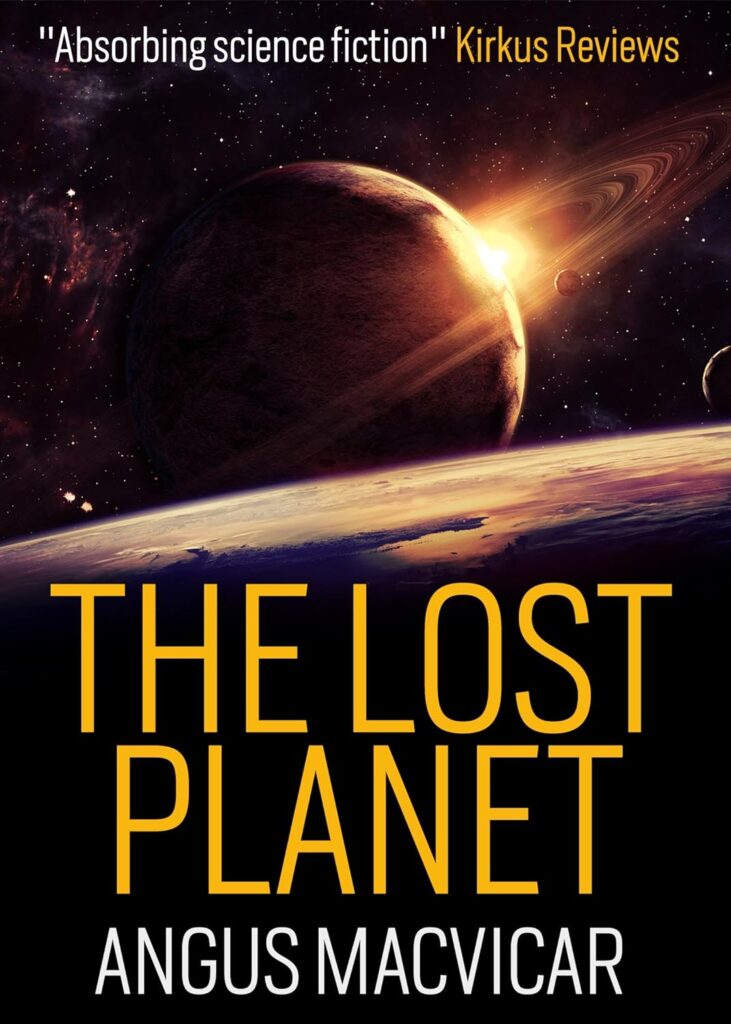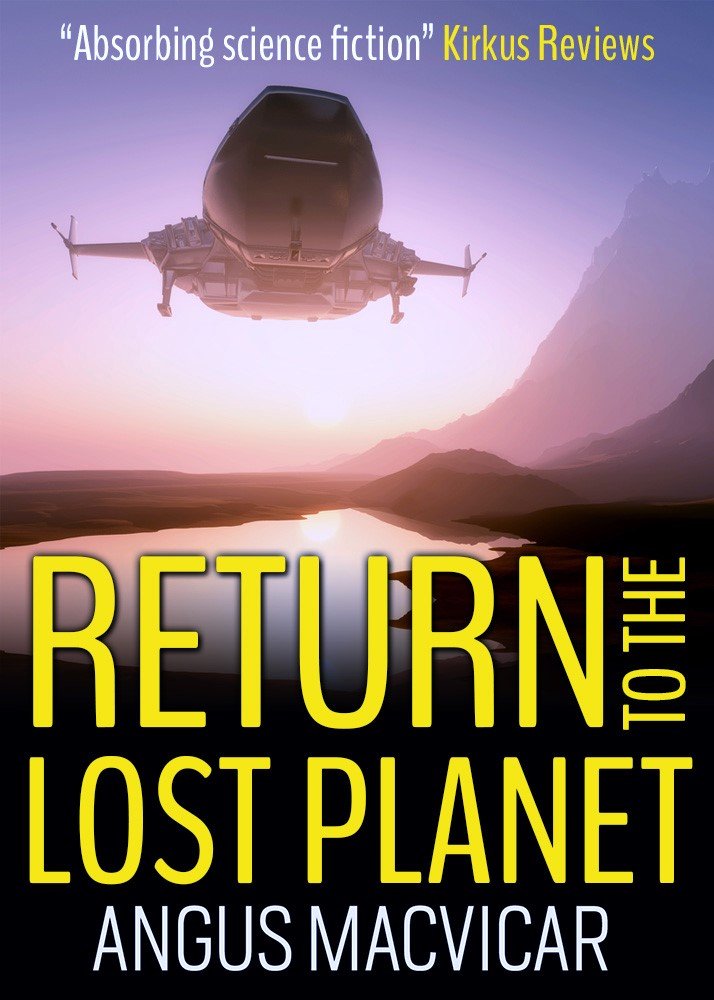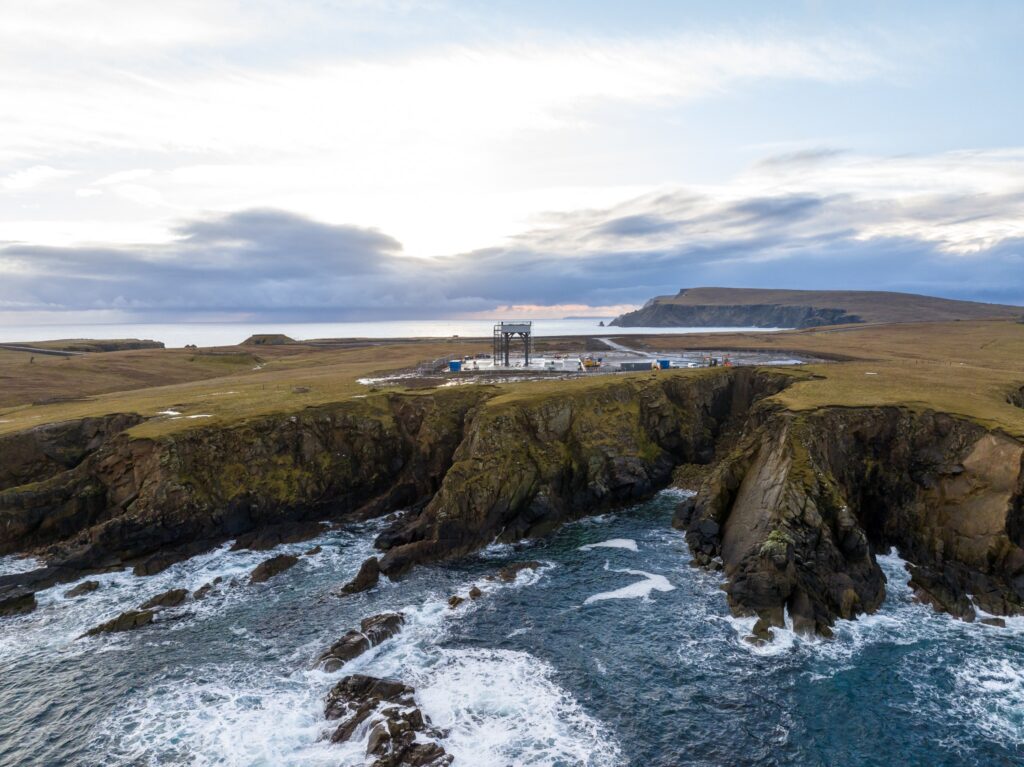Much to the disappointment of Dan Dare fans, Shetland, not Formby Sands, is to be the location of Britain’s first space base – but it’s nevertheless great news for the country’s space exploration and associated industries.

Two companies have secured over £6.7 million to develop their world-leading launch technologies in a sustainable way and help cement the UK’s position as Europe’s leading destination for commercial spaceflight activities.
The funding was awarded using UK Space Agency contributions to the European Space Agency’s (ESA) Boost! Programme, which aims to help companies develop world-leading space transportation services and bring them to market.
Human space travel from anywhere in the UK is many years off, if ever, but although it’s too soon to apply to join Spacefleet, as imagined in the pages of the 1950s weekly comic, Eagle, there will be plenty of new employment resulting from the further development of this new space facility.

Interestingly, there was a series of books – The Lost Planet saga, written by a Scotsman, Angus MacVicar, in the early 1950s, who was also a writer of crime thrillers, which had the Highlands of Scotland as the base for sending manned rockets to a nearby planet called Hesikos. Dr Gerald Edwards tells us “This was highly popular at the time and the three original books had further volumes written, a BBC radio series in 1953 and one of the very first BBC TV series about science fiction made in 1954.”

There are six novels in the main series, some available on Kindle thanks to Lume Books Science Fiction Fantasy: The Lost Planet (1953, available secondhand and digitally), Return to the Lost Planet (1954, available digitally), Secret of the Lost Planet (1955, available digitally), Red Fire on the Lost Planet (1959), Peril on the Lost Planet (1960, available digitally) and Space Agent from the Lost Planet. Two further books continue the adventures of the Space Agent: Space Agent and the Isles of Fire (1962), and Space Agent and the Ancient Peril (1964).




Scottish-based HyImpulse, a launch company working with SaxaVord Spaceport in Unst, Shetland, and Orbex, working with Sutherland Spaceport, on the A’ Mhòine peninsula, will each receive over £3 million to enable spaceflight activities from UK spaceports.
“We want the UK to become Europe’s leading destination for small satellite launches, building on our expertise in satellite design,” commented Andrew Griffith MP, Minister for Space at the Department for Science, Innovation and Technology.
“Pioneering innovations like building the world’s most eco-friendly space rocket signal our commitment to being at the forefront of the next generation of space technology, while raising our standing as a leader in space sustainability.
“Our funding alongside further private sector investment will enhance the work of our ambitious space sector while creating highly skilled jobs across the UK that grow our economy.”
Orbex, an orbital launch services company based in Forres near Inverness, will receive over £3.3 million to undertake activities to ensure it is environmentally sustainable.
This will include activities to install a green propellant plant to manufacture a clean propane produced from renewable feedstocks such as plant and vegetable waste material which will be used on-site. Sutherland Spaceport aims to be the first carbon-neutral spaceport in the world, both in its construction and operation.
The launch site will become the long-term ‘home’ spaceport of Orbex and will see the launch of up to 12 orbital rockets per year of its reusable and environmentally friendly rocket Prime, which is powered by the renewable biofuel which will be manufactured on site.
Highlands and Islands Enterprise anticipate that Sutherland Spaceport will support around 613 full-time equivalent posts throughout the wider Highlands and Islands, including an estimated 44 full-time equivalent posts at the site itself.
HyImpulse UK, based in Shetland, will receive nearly £3.4 million to undertake their Hybrid Propulsion Test Programme ahead of the proposed launch of their launch vehicle, named SL1, from SaxaVord Spaceport in Shetland. By 2030, HyImpulse aim to achieve carbon neutral operations including the use of synthesised paraffin fuel and using renewable energy sources.
As a result of the funding, in partnership with Adamant Composites HyImpulse will also establish a new UK-based joint venture called Carbon Launch Systems, to manufacture their carbon fibre Liquid Oxygen Tanks. HyImpulse anticipate that their UK operations will support up to 200 direct jobs in Scotland and a further 1500 across the wider UK supply chain including in Shetland and at the spaceport.

“Our investment in both Orbex and HyImpulse demonstrates our continued commitment to make the UK Europe’s leading destination for launch by encouraging the development of launch companies,” said Matt Archer, Director of Launch at the UK Space Agency.
“These contracts will help Orbex to develop the launch site at Sutherland Spaceport and HyImpulse to prepare for their first launch from SaxaVord Spaceport, enhancing our launch capability, creating high skilled jobs and supporting the Government’s vision for the UK to be Europe’s most attractive launch destination by 2030.
“The UK invested £12 million into the Boost! programme in 2019, followed by another £12 million in 2022, one of the largest investments from ESA member states. Previous Boost! contracts were awarded to the companies in 2020 and 2021.”
“Environmental aspects are moving more and more into the focus of space activities for the sustainable use of outer space,” noted ESA’s head of Space Transportation strategy, Lucía Linares. “ESA supports Orbex in its aim to develop the most environmentally friendly launch system possible.
“HyImpulse has made remarkable progress towards bringing hybrid propulsion to operations and ESA is dedicating further support to the orbital launch services under development,” added ESA’s Commercial Services Manager and Technical Officer for Boost!, Jørgen Bru.
“We would like to thank the UK Space Agency for awarding us this funding as part of the European Space Agency’s (ESA) Boost! Programme,” Martin Coates, Chief Executive Officer, Orbex on the news. “Orbex Prime will be the world’s most environmentally friendly space rocket, and a single launch of the rocket will produce up to 96 per cent less carbon emissions than comparable space launch systems using fossil fuels. This new funding will allow us to undertake activities to build the Ultra-Green Launch Complex at Sutherland Spaceport, from where we look forward to providing the small satellite industry with an option to launch direct from the Europe.”
“Commencing this next phase of orbital launch vehicle development, launching our first sounding rocket demonstrator and rapidly expanding our UK operation are very significant milestones for 2024,” Christian Schmierer, Co-Chief Executive Officer of HyImpulse noted. “We have a long history of working with SaxaVord and conducting our motor testing in Shetland and look forward to this next phase of that relationship. We thank the UK Space Agency for this support, their enthusiasm and continued efforts to enable UK launch.”
Environmental impact concerns

While the plans are good news for the British space industry, they have been heavily scrutinised before the green light was given – and not everyone is happy about the plans.
In a news item published last December, Drone Wars campiagners noted that there are plans that up to 30 launches per year (maximum) over a period of 30 years are proposed from Unst. Launches would avoid flying over inhabited areas and oil fields, and no satellite launches would take place between mid-May and end of June to avoid disturbing birds during the breeding season. Rockets up to 30 metres in height could be launched from the site, and all launches would take place in a northerly direction over the sea. US aerospace giant Lockheed Martin and Edinburgh-based Skyrora are among the companies looking at launching satellites from Unst.
“The proposed developments on Unst are relatively modest,” the report notes, “in terms of their footprint on the ground, comprising of a gatehouse, three launch pads, a satellite tracking station, two hangar buildings, an administration building, pyrotechnic store and hazardous materials store – and a wildlife hide – on a site of about 198 acres (80 hectares). But this masks a much larger environmental impact resulting from the space launch activities which are planned at the site.”
In July, The Ferret, a environmental news campaigning site, reported air traffic controllers in Iceland have warned that reserving airspace the launches a year from the SaxaVord spaceport would force commercial airlines to reroute transatlantic flights. “Longer journeys result in more carbon emissions from aircraft,” the report notes.
“There are also fears that the Icelandic air traffic control company, Isavia, could lose fees from airlines, and face financial hardship. This is said by one insider to be an issue of ‘the utmost severity’ for the company.”
Shetland Space Centre Limited, owners of the site, engaged ITPEnergised to manage the assessment of environmental effects of building the Spaceport, as part of the major planning application. The study involved over two years of detailed environmental study.
In addition to the regular environmental concerns, consideration was given to marine and transboundary effects, minimisation of impact on scheduled monuments and assessment and mitigation of effects on a diverse bird and animal population.
Web Links
• UK Space Agency Official Site
• Shetland Space Centre – Environmental Impact Assessment
Saxavord Spaceport engaged ITPEnergised to carry out the Environmental Impact Assessment as part of their major planning application. Download the Shetland Space Centre – Environmental Impact Assessment case study PDF here
• Orbex
The founder of downthetubes, which he established in 1998. John works as a comics and magazine editor, writer, and on promotional work for the Lakes International Comic Art Festival. He is currently editor of Star Trek Explorer, published by Titan – his third tour of duty on the title originally titled Star Trek Magazine.
Working in British comics publishing since the 1980s, his credits include editor of titles such as Doctor Who Magazine, Babylon 5 Magazine, and more. He also edited the comics anthology STRIP Magazine and edited several audio comics for ROK Comics. He has also edited several comic collections, including volumes of “Charley’s War” and “Dan Dare”.
He’s the writer of “Pilgrim: Secrets and Lies” for B7 Comics; “Crucible”, a creator-owned project with 2000AD artist Smuzz; and “Death Duty” and “Skow Dogs” with Dave Hailwood.
Categories: downthetubes News, Other Worlds

 2000AD Thrill-Cast celebrates Scream!
2000AD Thrill-Cast celebrates Scream!  Random House Reveals New Line of ‘Wednesday’ Tie-In Books
Random House Reveals New Line of ‘Wednesday’ Tie-In Books  New book charts the history of groundbreaking French comic magazine, Pilote
New book charts the history of groundbreaking French comic magazine, Pilote  Commando writer Steven Taylor releases new spy thriller novel, Rock Scorpion
Commando writer Steven Taylor releases new spy thriller novel, Rock Scorpion
Hi John, Interestingly there was a series of books, the Lost Planet trilogy, written in 1953/54/55 which had the Highlands of Scotland as the base for sending manned rockets to a nearby planet called Hesikos. This was highly popular at the time and the three original books had further volumes written, a BBC radio series in 1953 and one of the very first BBC TV series about science fiction made in 1954. The author of these books was a Scotsman called Angus MacVicar. The original series of books were The Lost Planet (1953), Return to the LOst PLanet (1954) and Secret of the Lost Planet (1955).
Thanks for the information – I’ve updated the post. There are several books in the saga, it turns out!